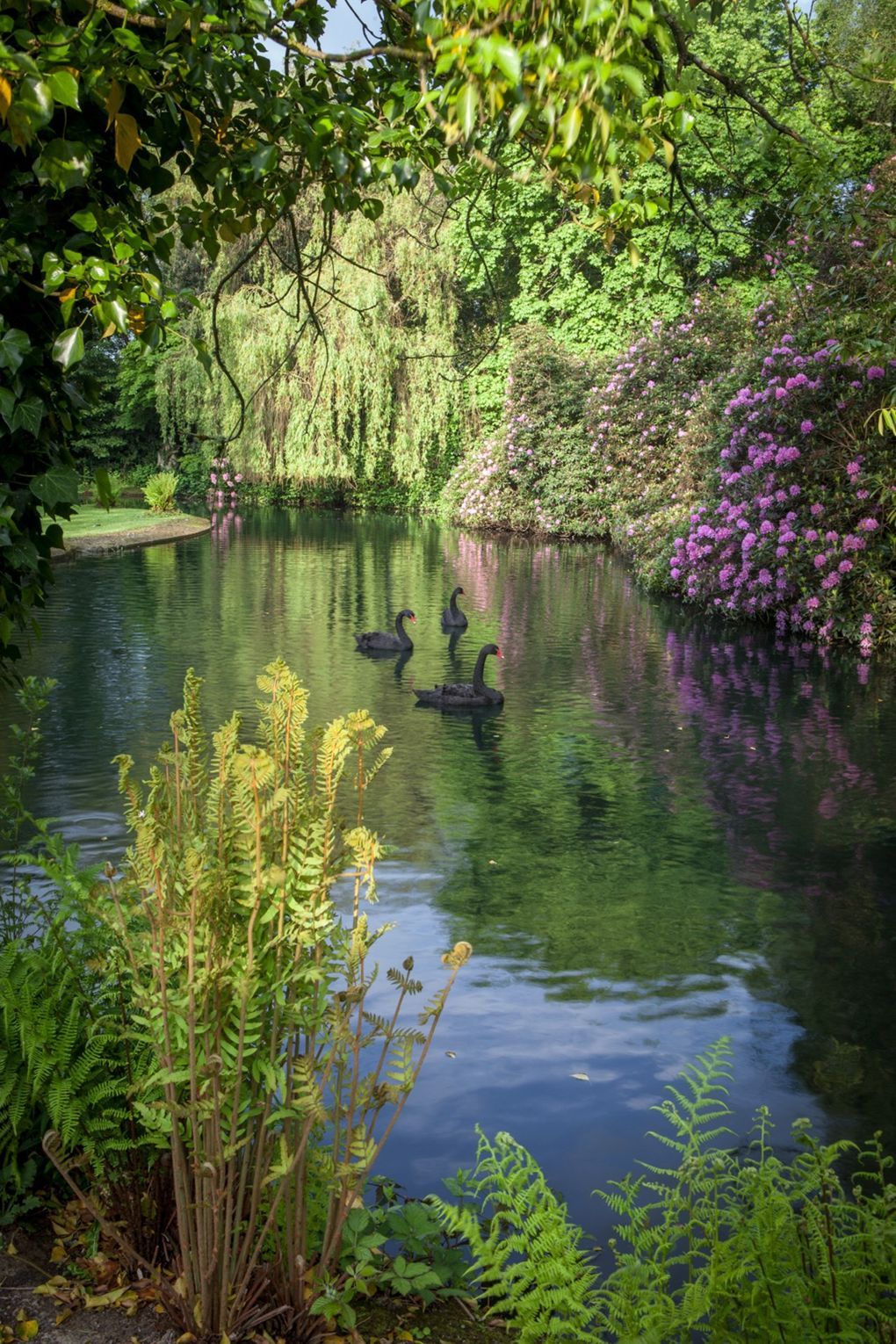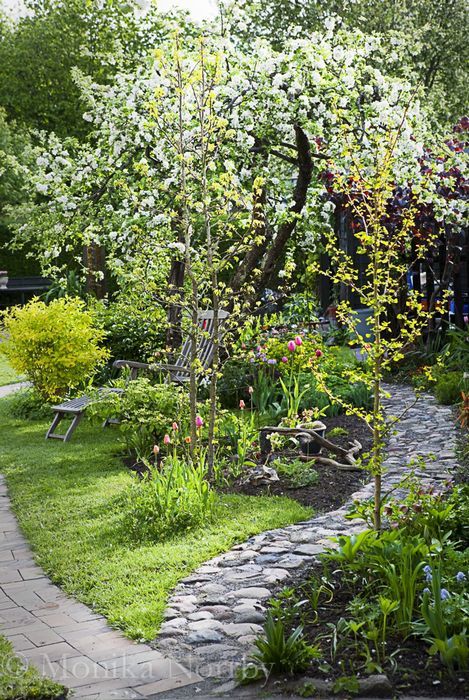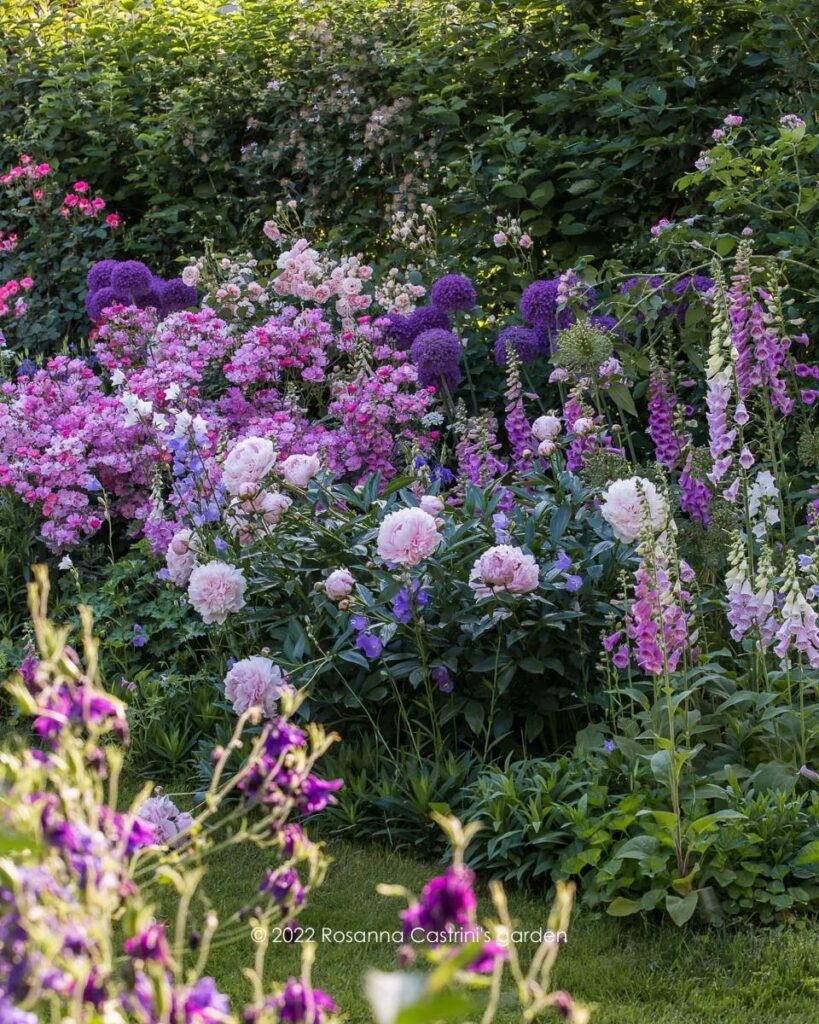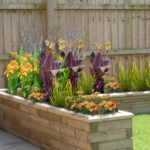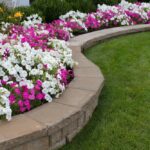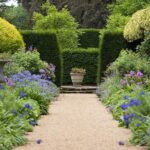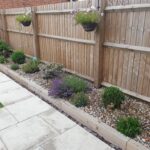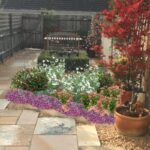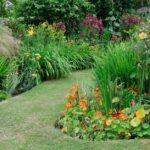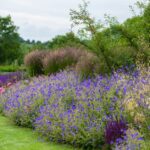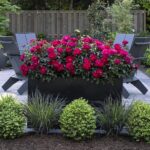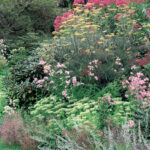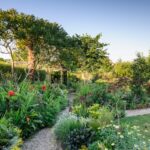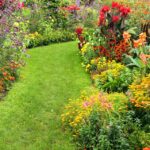When it comes to garden design, borders play a crucial role in tying the whole look of the garden together. Garden borders are essentially the edges of the garden beds, pathways, or different sections within the garden. They not only define the different areas within the garden but also add structure, shape, and visual interest.
There are various materials that can be used to create garden borders, including bricks, stones, wooden edging, concrete, metal, and even plants themselves. Each material can create a different look and feel in the garden, so it’s important to choose one that complements the overall design of the space. For example, using natural materials like stones or wooden edging can create a rustic and organic feel, while metal or concrete borders can give a more contemporary and sleek look.
In addition to choosing the right materials, it’s also important to consider the height and width of the garden borders. Taller borders can help to contain plants that tend to spread out, while shorter borders can create a more open and airy feel. The width of the borders can also vary depending on the size of the garden beds or pathways they are bordering. Generally, wider borders can accommodate more plants and create a more lush and full look.
In terms of design, garden borders can be straight or curved, formal or informal, symmetrical or asymmetrical. The choice of design depends on the overall style of the garden and the preferences of the gardener. Straight borders can create a more structured and organized look, while curved borders can add a sense of movement and flow. Formal borders with clean lines and geometric shapes can give a more manicured and polished look, while informal borders with irregular shapes and plantings can create a more relaxed and natural feel.
When designing garden borders, it’s important to consider the maintenance aspect as well. Some materials may require more upkeep than others, so it’s important to choose a material that fits within your maintenance schedule. Additionally, planting low-maintenance plants along the borders can help to reduce the amount of time and effort needed to keep the borders looking neat and well-maintained. Overall, garden borders are an essential element in garden design, adding structure, definition, and visual interest to the space.
